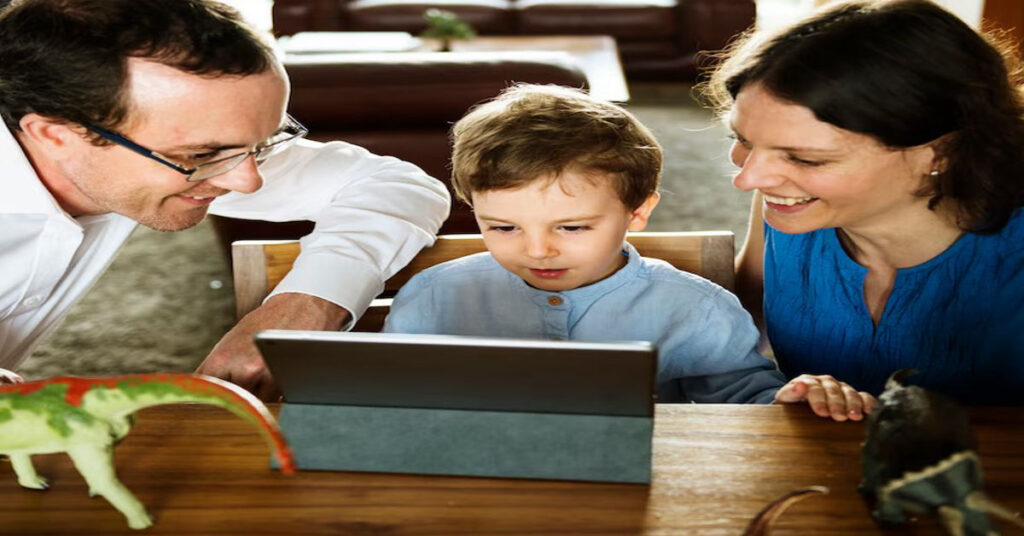What Is COCSA?
Child-on-child sexual abuse (COCAS) refers to instances where one minor engages in sexual behaviors that are inappropriate, coercive, or harmful toward another minor. These behaviors go beyond natural curiosity and often involve elements of manipulation, secrecy, or distress for one or both children.
While society often views sexual abuse through the lens of adult perpetrators, it is important to recognize that children and adolescents can also engage in harmful behaviors. These actions are not always intentional or premeditated, but they can still cause significant emotional and psychological harm.
Differences Between COCAS and Exploration
It is essential to distinguish between normal childhood sexual exploration and problematic sexual behaviors.
| Characteristic | Healthy Exploration | COCAS |
|---|---|---|
| Consent | Mutual curiosity, no pressure | One child has more power or control |
| Age Difference | Typically close in age | Significant age or developmental gap |
| Frequency | Occasional and age-appropriate | Repeated behaviors, secretive |
| Emotional Response | No distress or harm | Causes fear, shame, or discomfort |
| Understanding | Both children understand the behavior | One child lacks understanding |
If a child is engaging in behaviors that are coercive, repeated, or causing harm, it may be a sign of COCAS rather than innocent exploration.
Understanding Power Dynamics in COCAS
Power imbalances are a key factor in distinguishing COCAS from mutual exploration. These imbalances can be due to:
- Age differences: Older children or adolescents may use their knowledge or physical strength to influence younger children.
- Cognitive and developmental gaps: A child with more emotional maturity may manipulate a less-developed peer.
- Access to authority or resources: A child who is looked up to or in a leadership position may take advantage of that role.
- Use of secrecy or coercion: Encouraging secrecy, bribing, or threatening another child to comply.
Recognizing these power dynamics can help parents and caregivers identify potential risks and intervene appropriately.
Signs That a Child May Be Involved in COCAS
Both children who have experienced COCAS and those who have engaged in harmful behaviors may exhibit behavioral and emotional changes.
Signs a Child May Have Experienced COCAS:
- Sudden fear or avoidance of another child
- Nightmares, bedwetting, or sleep disturbances
- Acting out sexually in ways that are not age-appropriate
- Anxiety, withdrawal, or depression
- Reluctance to be left alone with certain individuals
Signs a Child May Be Engaging in COCAS:
- Repeatedly attempting sexual behaviors with younger children
- Excessive curiosity about sexual content beyond their age level
- Coercing or manipulating others into unwanted physical contact
- Engaging in secretive or compulsive behaviors related to sexuality
- Lack of empathy or understanding of personal boundaries
It’s important to approach these behaviors with understanding rather than punishment. Children who engage in harmful behaviors often need support and guidance to correct their actions.
How to Respond If You Suspect COCAS
Discovering that your child may be involved in COCAS can be overwhelming. However, your response plays a critical role in ensuring the safety and well-being of all involved.
- Stay Calm – Reacting with anger or panic can make children feel unsafe and less likely to communicate.
- Listen Without Judgment – If a child discloses an incident, reassure them that they are not in trouble and that they did the right thing by telling you.
- Set Clear Boundaries – Explain to both children involved that certain behaviors are not appropriate and reinforce rules about consent and personal space.
- Seek Professional Guidance – Reach out to a therapist, counselor, or child advocacy center for support.
- Ensure Safety – If the behavior is harmful, take steps to separate the children until a professional assessment can be made.
Avoid shaming or blaming any child. Many children who engage in COCAS do so out of curiosity, exposure to inappropriate content, or a misunderstanding of boundaries rather than malicious intent.
Providing Support for All Involved Children
Both the child who experienced harm and the child who engaged in harmful behaviors need support and guidance.
- For the affected child: Provide reassurance, therapy, and a safe space to express emotions.
- For the child who engaged in COCAS: Help them understand why the behavior was wrong and seek therapeutic interventions if needed.
- For the family: Open communication and education on healthy relationships can prevent future incidents.
Preventative Measures Parents Can Take
Preventing COCAS starts with education and proactive parenting strategies.
- Teach Consent Early: Help children understand their right to personal space and that they must respect others’ boundaries.
- Monitor Media Consumption: Exposure to explicit content at a young age can contribute to inappropriate behaviors.
- Encourage Open Communication: Let children know they can talk to you about anything without fear of punishment.
- Model Healthy Relationships: Demonstrate respectful communication and boundaries in daily life.
- Supervise Playtime: Ensure appropriate boundaries are maintained during interactions with other children.
Seeking Professional Help
If your child has been involved in COCAS, professional support is crucial. Child psychologists, therapists specializing in trauma, and support groups can provide tailored assistance for both the child who was harmed and the child exhibiting harmful behaviors.
If immediate danger is present, or you suspect abuse beyond peer interactions, contact a local child advocacy center or social services for guidance.
Conclusion
Addressing child-on-child sexual abuse requires sensitivity, education, and action. While it is a difficult topic, understanding the signs, taking preventative measures, and seeking professional help can make a significant difference in protecting children.
If you suspect your child has been involved in COCAS—whether as the one affected or the one engaging in the behavior—act with compassion, provide guidance, and seek the necessary resources. By fostering a safe and open environment, parents can help their children develop healthy boundaries and emotional well-being.
For additional support, consider reaching out to child advocacy groups or mental health professionals specializing in child behavior and trauma recovery.
Frequently Asked Questions
1. Is COCAS the same as adult-perpetrated abuse?
No. COCAS differs in intent, developmental understanding, and power dynamics. Children may not fully understand the impact of their actions, whereas adults typically do.
2. Does a child who engages in COCAS become a future offender?
Not necessarily. Many children who exhibit harmful behaviors can change with early intervention, education, and proper support.
3. How do I talk to my child about COCAS?
Use simple, age-appropriate language about body safety, consent, and personal boundaries. Reassure them that they can always talk to you if they feel uncomfortable.
4. Should I involve law enforcement?
In severe cases involving coercion or harm, it may be necessary to involve child protective services or legal authorities. However, professional therapy is often the best first step.
5. How do I ensure this doesn’t happen again?
Educate your child, establish boundaries, and stay involved in their social interactions. Consistent communication and monitoring can prevent future incidents.







